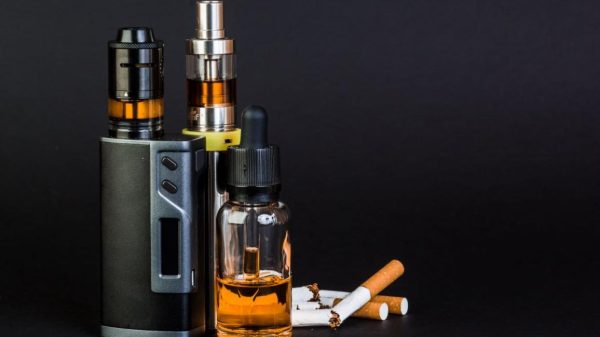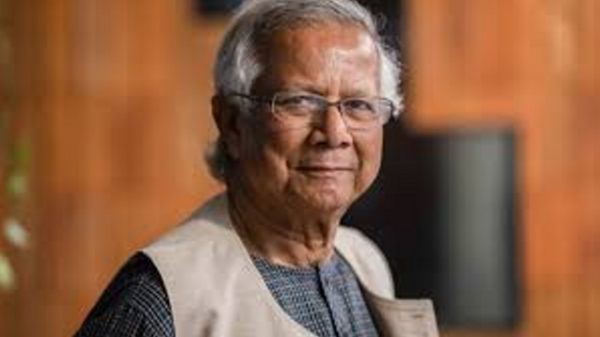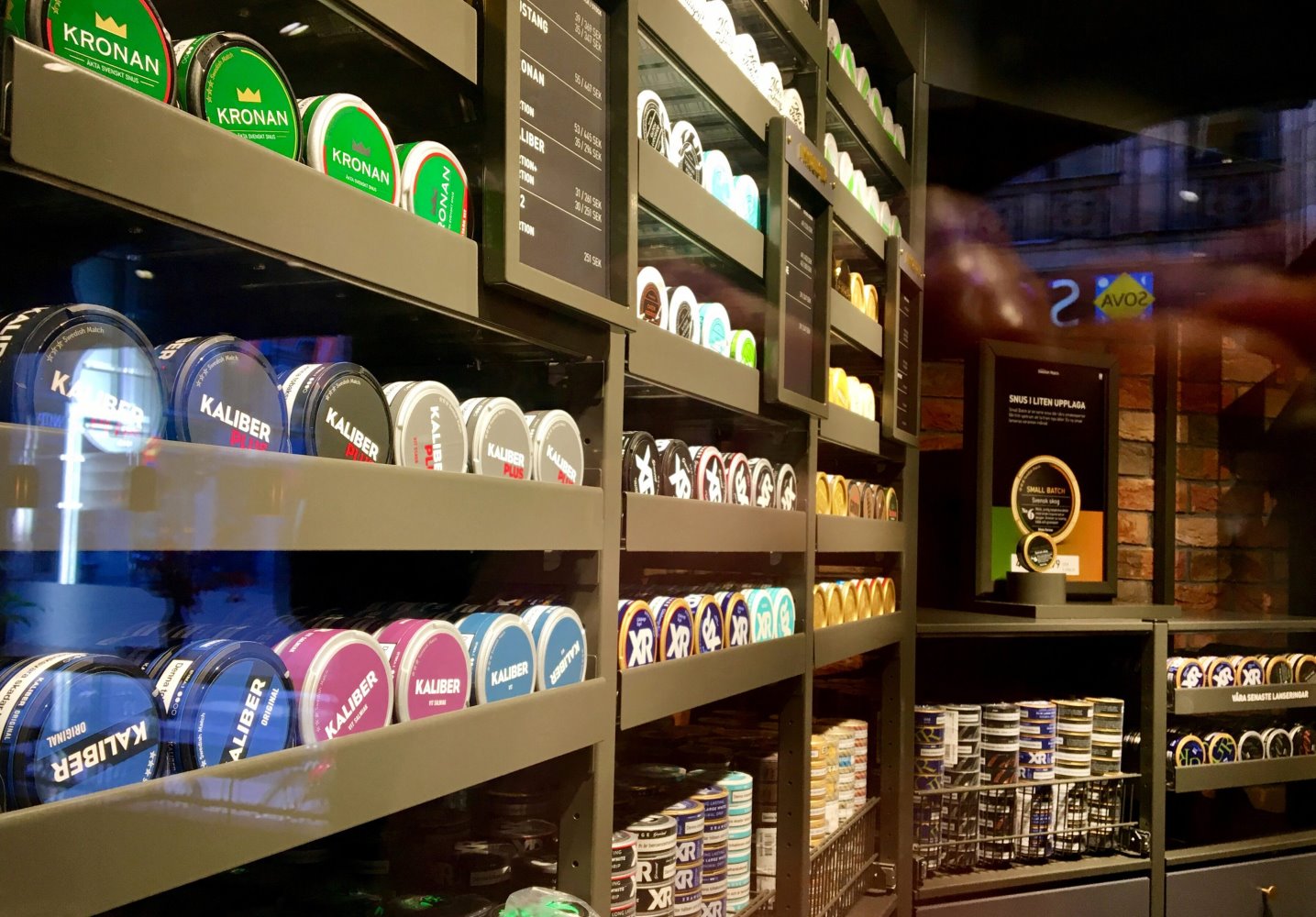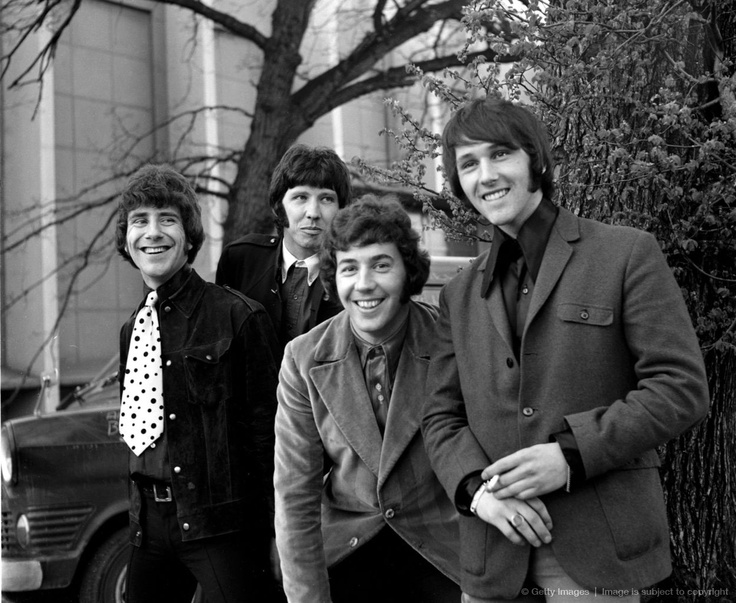The Snus Museum, Stockholm
Sweden is on the brink of eradicating cigarette smoking. Not through bans or moralising, but by embracing innovation. Its quiet revolution, led by tobacco-free nicotine pouches, could show Europe how to reach its 2040 smoke-free goal faster and with far fewer lives lost.
Stockhom
For decades, governments across Europe have invested vast sums in anti-smoking campaigns, taxation, and advertising bans. Yet, despite the slogans, the leaflets and the warnings on every cigarette packet, more than 700,000 Europeans still die each year from smoking-related diseases. For many, the addiction to nicotine remains stronger than the urge to quit.
But there is one country that has quietly broken free from the pattern. Sweden – once a nation of heavy smokers – now stands on the brink of becoming Europe’s first smoke-free society, with fewer than five per cent of adults still smoking. The Swedish success story has little to do with bans or coercion. Instead, it is built on pragmatism, innovation, and a willingness to look at nicotine in a new way.
The exception
When Austria, Finland and Sweden joined the European Union on January 1, 1995, their accession treaty included a notable exception for Sweden. The EU had implemented a directive in 1989 that banned the oral use of tobacco. However, since the use of snus – a form of oral tobacco – was traditional and widely practised in Sweden, the European ban was viewed as a threat to this cultural practice and potentially detrimental to Sweden’s EU membership.
Consequently, an exception was made for Sweden. In all other EU countries, the sale of snus is prohibited. Nevertheless, the 1994 accession agreement mandates that Sweden must ensure these products are not marketed in other EU member states, where the ban remains in effect.
The Snus Museum
Snus is an important part of the Swedish cultural heritage with a dedicated museum in Stockholm. Nestled in the heart of the Swedish capital, the Snus and Match Museum (Snus- och tändsticksmuseum) offers an intriguing glimpse into the country’s rich history of tobacco and match production. This captivating builging, located within the Skansen open-air museum on the picturesque island of Djurgården, provides a unique opportunity to explore Swedish traditions and heritage. A visitor learns about how Swedish snus developed over time and about matches, which are another important Swedish export. The Snus Museum has a cozy, historic vibe: antique packaging, old tools, home scenes, etc.

It blends cultural history, social history and how snus and matches affected daily life and industry with visuals such as graphics, packaging and design.

Snus arrived in Sweden centuries ago, evolving from homemade moist tobacco into an industrially produced, pasteurised portion product (think modern tins and pouches). It became culturally embedded and today plays a significant role in Sweden’s nicotine landscape and the international harm-reduction debate.

A smoke-free society
Sweden’s smoking prevalence became one of the lowest in Europe; many public-health analysts have argued that snus contributed by offering a non-combustible nicotine alternative, though this remains debated. Meanwhile, novel products, such as white snus, have emerged and altered the market.
Swedish public health data indicate that daily use of snus is substantial and persistent, particularly among men, while smoking rates remain low compared to many other countries. This pattern is frequently a topic of discussion in policy debates regarding the legal availability of snus-style products as alternatives to smoking. Recent statistics from Sweden also show ongoing snus use and changes in demographics related to its consumption.
Public-health scholars have taken note. Professor Karl-Olov Fagerström, a 79-year-old Swedish scientist known for his important research on tobacco and nicotine addiction and one of Sweden’s most respected nicotine researchers, has long argued that “smokeless nicotine is at the heart of Sweden’s smoking decline.”
He insists that clinging to an unrealistic goal of total nicotine eradication risks trapping millions in combustible smoking instead of guiding them toward safer alternatives. In his words, “Nicotine pouches are associated with vastly lower health risks than cigarette smoking.”
Achieving a tobacco-free society is a realistic goal. However, creating a nicotine-free society is much more challenging. While we can work to reduce nicotine use, complete eradication is unlikely, says the professor. He is also the namesake of the Fagerström test, a widely used tool in medical offices worldwide for assessing the severity of nicotine addiction.
Data indicates that nicotine consumption in Sweden is comparable to that of other similar countries. Nevertheless, smoking rates are significantly lower. A study by the World Health Organisation (WHO) reveals that if a man in Belgium had the same smoking habits as a man in Sweden, it could result in 11,000 fewer deaths each year in Belgium. Extrapolating this to the entire European Union, the total number of fewer deaths could reach 355,000 annually, according to Professor Fagerström.
Tobacco use presents a significant opportunity to reduce harmful health consequences. Unlike alcohol, which directly damages the body, particularly the liver, people use tobacco primarily to obtain nicotine. However, the process of burning cigarettes introduces other harmful substances that negatively affect health.
Karl-Olof Fagerström argues that nicotine, when separated from tobacco—as found in products like nicotine pouches—could serve as a major alternative to cigarettes. This shift could be particularly important for societies aiming to eradicate smoking and minimize the medical and social harm caused by the widespread burning of tobacco.
Most of the harm from cigarettes — cancers, cardiovascular and lung diseases — comes from inhaling the products of burning, not from nicotine itself. When a cigarette is lit, the tobacco and additives undergo pyrolysis and combustion, producing smoke that is inhaled into the lungs.
Non-combustible products such as snus, nicotine pouches, or e-cigarettes deliver nicotine without setting tobacco on fire, which dramatically reduces the levels of these combustion-derived toxins.
What separates Sweden from the rest of Europe
An icon in the impressive country’s tobacco harm reduction history is Swedish Match. Founded more than a century ago, the company spent much of its existence producing matches, cigars and snus. Long before “harm reduction” entered the language of public health, the company was developing cleaner, more consistent versions of snus under its Gothiatek® quality standard, drastically lowering nitrosamines and other harmful compounds. This heritage proved crucial when Swedish Match began re-imagining nicotine itself – not as a villain, but as a vehicle that could be decoupled from the lethal effects of burning tobacco.
The company’s breakthrough came with the creation of tobacco-free nicotine pouches, now marketed under global brands such as ZYN and VOLT.
Containing pharmaceutical-grade nicotine and food-grade fillers, these small white pouches deliver nicotine through the gum without combustion or tobacco leaf. They are clean, discreet, and smokeless – a modern Swedish alternative to the cigarette. Within just a few years, Swedish Match was selling close to 200 million cans of these pouches annually, turning Sweden into a living experiment in what a post-smoking future might look like.
My country was one of the first in the world to take a different approach to combating tobacco smoke. And it turned out to be the right approach, as Sweden is on its way to becoming the first smoke-free country in Europe, explains Patrik Hildingsson, VP communications of Swedish Match, during a comprehensive presentation about the Swedish experience.
The public-health results have been dramatic. Sweden’s lung-cancer rate is now roughly half that of the European average. Rates of heart disease and oral cancer are lower, too. Epidemiologists note that even though nicotine use remains common, the harms associated with tobacco smoke have collapsed. This single distinction – between nicotine and smoke – is what separates Sweden from the rest of Europe.
It is not the nicotine that poses a health hazard, but smoking tobacco with the hazardous compounds produced in the cigarette burning process, says Samuel Lundell, chairman of the National Association of Snus Users (Snusarnas Riksförbund). I do not understand why snus is banned outside of Sweden, as it is less harmful than burning tobacco in a cigarette. Cigarettes are allowed, but snus is not. That is not very logical.
European Commission Tax
Yet even as Stockholm celebrates its success, policymakers in Brussels are considering measures that could undermine it. The European Commission has revealed the revision of the Tobacco Taxation Directive (TED) in July this year. The revision aims to raise minimum excise duty rates—taxes levied on specific goods, such as tobacco, typically at the point of production or import.
Under the new rules, the scope of the directive would also be broadened to include e-cigarette liquids, chewing and nasal tobacco, nicotine pouches, other nicotine products, and raw tobacco.
At the same time, the EU executive proposed an additional tax called Tobacco Excise Duty Own Resource (TEDOR), which it estimates could raise around €11.2 billion a year for the EU’s long-term budget for 2028–2034, by taking 15% of national tobacco tax revenues.
However, this proposal is expected to face resistance in the Council: 14 EU member states – including Sweden, Romania, Italy, Greece, Austria and Portugal – have already expressed opposition to TEDOR. Swedish Finance Minister Elisabeth Svantesson has strongly opposed the EU proposal, calling it “completely unacceptable”.
The logic of both EC tax proposals appears paradoxical: a policy designed to protect health by discouraging smoking may end up penalising the tools that are helping people stop. TEDOR would channel part of national tobacco taxes directly into the EU budget. Critics warn that this new revenue mechanism risks prioritising fiscal income over public-health outcomes and that it will stifle innovation and push consumers towards illicit markets. Europol, in its own reporting, has drawn a clear line between excessive excise and the growth of tobacco smuggling across EU borders.
Excessive taxation or blanket regulation could make pouches as expensive as cigarettes, stripping away the incentive to switch. These kinds of policies could hurt innovators developing alternative nicotine products, leaving the field to illicit suppliers with no quality control at all.
Regulators are right to insist on strict standards to prevent youth appeal, misleading claims, and aggressive marketing. Swedish Match has tried to address these issues through transparent labelling, nicotine-content disclosure, and adult-only marketing platforms. Its challenge now is to maintain credibility — both scientific and social — as the category it created moves into the political crossfire of EU health policy.
Harm reduction works
The Swedish model offers lessons that Europe ignores at its peril. It shows that harm reduction can work in practice, not just theory. It demonstrates that a constructive partnership between regulators, scientists and responsible industry can achieve faster public-health gains than prohibition ever could. And it reminds us that moral absolutism — the belief that all nicotine use is equally bad — has cost lives by keeping smokers chained to combustion.
In the coming months, as the EU institutions and member states debate the future of nicotine taxation, they would do well to study what actually happened north of the Baltic. Sweden did not lecture its citizens into quitting. It gave them better choices — and they took them. Swedish scientists provided the evidence; and the Swedish people quietly delivered a revolution in public health.
If Brussels genuinely wishes to achieve a smoke-free Europe by 2040, it must learn from that experience rather than legislate it out of existence. Sweden has already shown the way. The rest of Europe only needs the courage to follow.





















